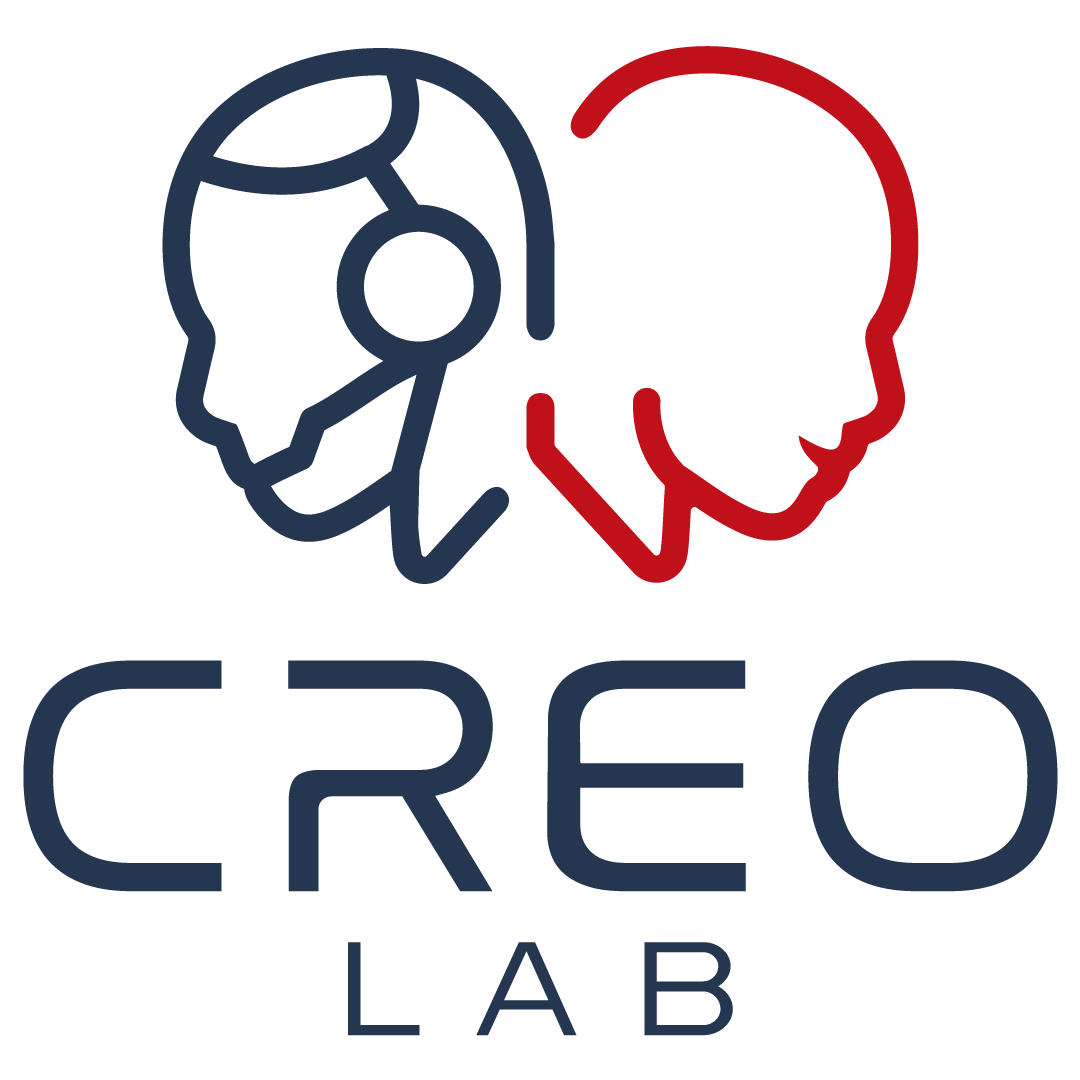Abstract
Limb amputation is a traumatic event that can drastically reduce patients’ quality of life since it induces the interruption of the bidirectional communication between the missing limb and the central nervous system.
The presence of a limb loss can induce the onset of several sensorimotor disabilities that hinder the patients during simple Activities of Daily Living (ADLs) execution. Therefore, patients with upper limb amputation can encounter slippage events during fine object manipulation; meanwhile, lower limb amputees have to face off with deambulation disorders. This leads to a low prosthesis embodiment, an increase of metabolic and cognitive effort during their use and subsequently a high abandoning rate (i.e., 39% and 60% for upper and lower limb prosthesis, respectively).
Notwithstanding the huge advancement in the development of advanced prosthetic limbs, the current ones are not able to replicate the human functions. A pivotal consideration involves the redefinition of: i) the prosthesis architecture and its interface with the stump ensuring anthropomorphic, lightweight and comfortable solutions; ii) the interface with the efferent pathway striving to retrieve the patient motion intention allowing the utmost naturalness strategies; iii) the somatotopic sensory feedback restoration strategies with a minimal level of invasiveness.
The main challenges in prosthesis mechanical design are related to the development of technologies that are simple but effective in maintaining an adequate level of mass, grip force and movement speed. Several solutions in terms of architecture and choice of hard and/or materials have been proposed in literature.
The main challenges in motion intention recognition are related to the acquisition of reliable physiological signals and the development of decoding approaches leading to natural and intuitive prosthesis control. Several solutions, in terms of the technology adopted to acquire the electromyographic signals and the approaches to retrieve the motion intention, have been proposed.
The restoration of sensory feedback has also a fundamental role in prosthesis use since it has been demonstrated to improve object manipulation and deambulation. Different invasive and non-invasive interfaces and several encoding strategies have been proposed in literature for eliciting somatotopic sensations referred to the missing limb by mainly stimulating the peripheral nerves.
This workshop aims at presenting the current issues and at envisioning the upcoming breakthroughs in upper and lower limb prosthetic devices. The workshop will discuss the state-of-the-art of prosthesis mechanical design, closed loop control strategies, sensory encoding and will point out current challenges and opportunities in the field of bionics.



